Clipart tagged: ‘monogamous birds’

Red-tailed Buzzard
"Buteo borealis. Red-tailed Buzzard. "Hen Hawk". Upper surface of tail rich chestnut, with white tip…

Carolina Dove
"Zenaidura carolinensis. Carolina Dove. Mourning Dove. Wild Dove. Upper parts, including middle tail-feathers,…

Paradise Flycatcher
"Terpsiphone paradisi, Paradise Flycatchers, have fine crests, shorter in the female; while fleshy wattles,…
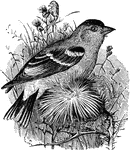
American Goldfinch
"Astragalinus tristis. American Goldfinch. Yellow-bird. Thistle-bird. In summer: Rich yellow, changing…

Hoopoe
"Upupa epops, not unfrequently visits Britain, where it has nested on several occasions; it breeds from…
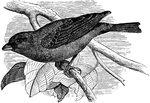
Indigo-bird
"Passerina cyanea. Indigo Painted Finch. Indigo-bird. Adult male: Indigo-blue, intense and constant…
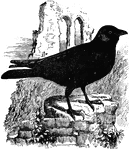
jackdaw
"Corvus monedul. Jackdaw. The species throughout uniform lustrous black, including the bill and feet;…
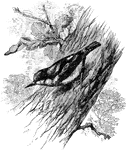
Nuthatch
"The colours in Sitta caesia, (Nuthatch) which ranges over nearly all the Palaearctic and Indian Regions,…
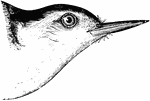
White-Breasted Nuthatch
"Upper parts, central tail-feathers, and much edging of the wings, clear ashy-blue; whole crown, nape,…

Screech Owl
Strix flammea, the nocturnal White Screech-, or Barn Owl, is orange-buff above, with brown, grey and…
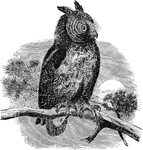
Screech Owl
Scops. Little Horned Owls. Screech Owls. Like the miniature Bubo in form (all our species under a foot…
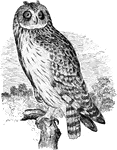
Short-eared Owl
"Asio accipitrinus. Short-eared Owl. Marsh Owl. Ear-tufts inconspicuous, much shorter than middle toe…
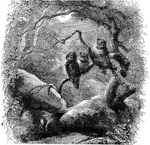
Screech Owls
"Scops. Little Horned Owls. Screech Owls. Like the miniature Bubo in form (all our species under a foot…
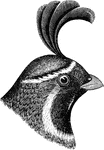
Gambel's Partridge
"Lophortyx gambeli. Gambel's Partridge. Arizona Quail. Male: Without white loral line; forehead black…

Mountain Quail
"Orortyx picta. Plumed Partridge. Mountain Quail. Back, wings and tail olive-brown, the inner secondaries…
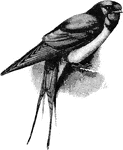
Swallow
"Hirundo rustica, the Swallow, is metallic black, with a variable amount of chestnut or rufous on the…

Wood Thrush
"Wood Thrush. Upper parts, including the surface of the closed wings, tawny-brown, purest and deepest…
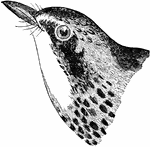
Canada Warbler
"Myiodioctes canadensis. Canadian Fly-catching Warbler. Canada Warbler. Bluish-ash; crown speckled with…
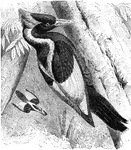
Ivory-billed Woodpecker
"Campephilus principalis. Ivory-billed Woodpecker. Glossy blue-black; a stripe down side of neck, one…